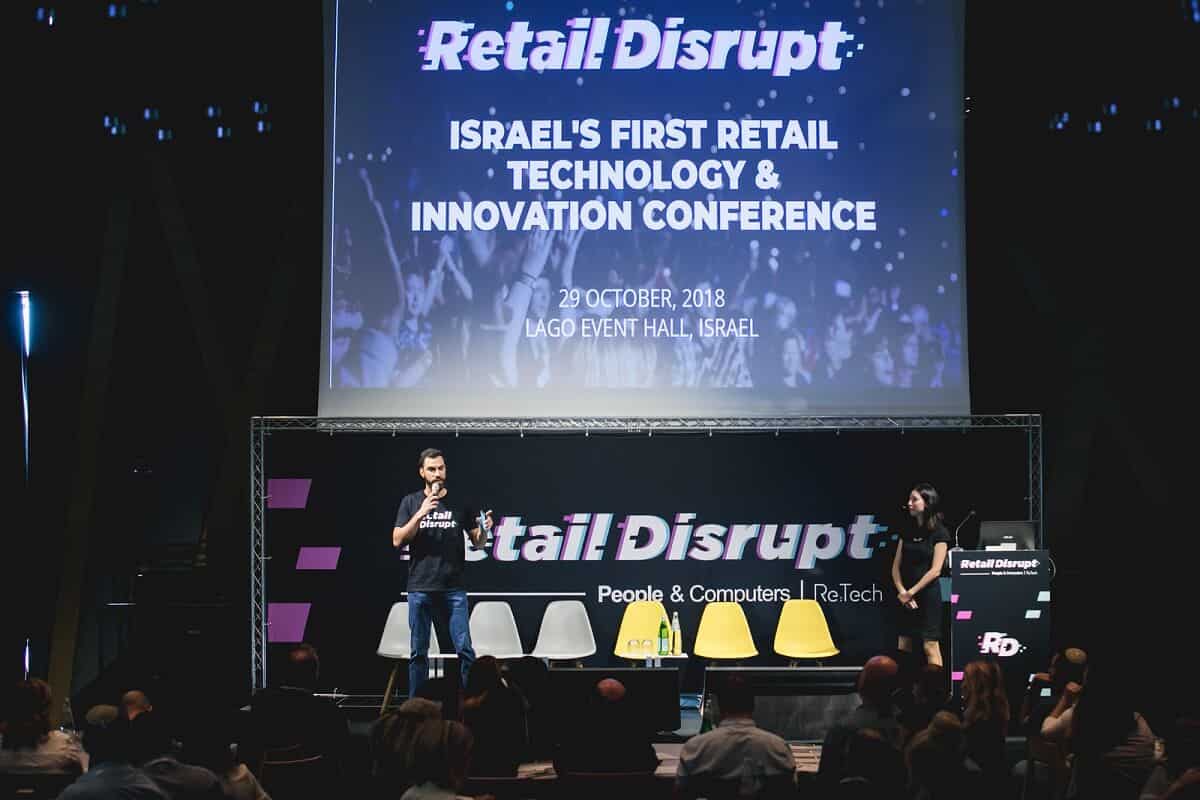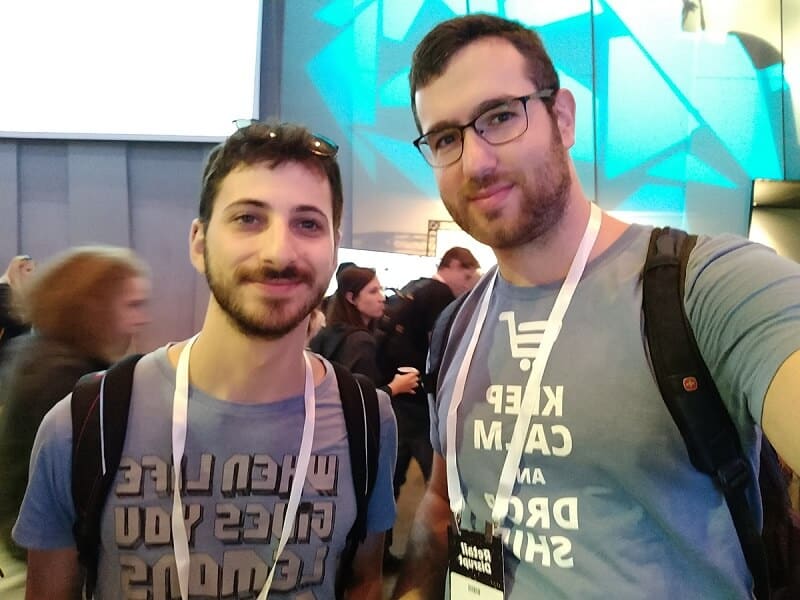What is the meaning of the word ‘disrupt’ in the tech world really? I know that many of us in the technology, digital marketing and development world can see and hear this word almost daily. Disruptive here, disrupt that… There are many definitions for it, but what does it really mean?
“Disruptive technologies are those that significantly alter the way businesses or entire industries operate.” Investopedia
For me, I like to see it as Earth-Shattering, Ground-Breaking, Guaranteed-to-be-a-part-of-History Innovations. When something is truly disruptive, it is so innovative, that it’s challenging not only the standards of huge industries & markets and the expectations from them but also the ways that they do things.
Real disruptive technological innovations force entire markets, industries, organizations and in many cases, even governments, to adapt and make changes, leaving the past behind. Huge companies often fail to stay relevant after disruptive tech forces have done their bidding. Just like Sears whose now falling short, and many critics point their fingers to Sears & Kmart’s e-commerce modernization, or lack thereof.
Check out our article about Sears & Kmart bankruptcy for more on that.
You know what are the two entities that are talked about the most in relation to disruptive nowadays? Uber and Airbnb, and that’s because they are both completely changing the game.

This is why, when I first heard about Retail Disrupt Convention, I got excited. Organized by People & Computers and Re:Tech, the conference took place on October 29th, at the Lago complex, Israel, and brought together well over a thousand of the brightest minds in the retail and e-commerce technology world. Huge companies, new exciting startups, curious investors, they had it all.
Me and Kfir (Our CEO) spent most of the time we had exploring the booths & companies that were presenting their innovations, and talking with interesting founders, developers, marketers, and practitioners in the retail and e-commerce industry, and witnessed some of the coolest projects first hand.

It seems that there are two major directions that the retail world is currently heading, one of them is the chatbots, and the second is AR/VR (Augmented and Virtual reality). Both of them are just starting to scrape the surface of their potential, but the impact they will bring to this world of commerce will be incredible.
Augmented, Virtual and Mixed Reality in Retail
One of the coolest startups there was Mixed.place. Their aim is to inject a digital layer into our reality, in a similar fashion to what Pokemon Go did, but on a much broader scale. At the moment you can see what they’re showing when you point your phone or tablet’s camera within the app, but I was told that the concept of placing a small device on our belts to power smart glasses that will support mixed.place is very close to reality.
Besides visual aids, guides, and digital greeters, there are some really interesting connections with the offline/online experience in retail when it comes to AR and MR. For instance, imagine you are walking around somewhere and see a fascinating store, you’re dying to get in and do some shopping but alas, it’s well past opening hours and it won’t be open until tomorrow. Now, you pull out your phone (or perhaps glasses) and drag the entire store’s inventory outside to where you are, pick out whatever you like, and place an order to be delivered to your address. Isn’t that pure genius?
Another thing that absolutely blew my mind was bringing real products to the AR layer. Built for eCommerce, BYOND is one insanely good-looking startup. You can create an entire store in 3D with it! I want to use Wardrobes for this example. How do we normally buy wardrobes? In most cases, we measure the space we have for it, go to the store, and pick our favorite, hoping that it will fit perfectly in terms of size and design. Now, imagine entering an online store or perhaps a 3D store, browsing through a few wardrobes, and importing one to your phone so you can actually place it in the actual room to see what it’s like. This is the future of digital catalogs right here. It’s also as easy to place a mannequin figure right next to you and try some clothes on it.
This past June, BYOND announced that they are supporting Epson’s smart glasses, have you ever heard about those?
Cognitive Retail Chat Bots
Between the morning Keynotes and Panels and the afternoon session, there were three different tracks to visit: The Inspiration Track, the Innovation Track, and the Workshop. The Workshop was hosted by IBM, and with the help of Watson, IBM’s intelligent computer system, it allowed people to create their own Cognitive Retail Chatbot!
Chatbots are so disruptive right now, that they actually threaten the jobs of countless people working in the fields of customer service, in-store sellers and so many more. One bot that can be created by as little as one person is able to communicate with unlimited amounts of customers, saving an unimaginable amount of human-labor hours.
A startup that goes by the name mmuze showcased exactly what I mean. They developed a service that lets you create conversational chatbots to help buyers find what they are looking for in your store. It can basically double as your in-store salesman, and your digital website catalog, in an extraordinary way. Just see this next video to better comprehend the sheer potential of this thing, that can actually work with every store in every niche:
Do you think that most people will keep going to stores asking around and use filters on websites to find what they want as they do now after they are exposed to these kinds of intuitive chats? FYI, the results that the chatbots are already hauling in so far are staggering.
There were two more really cool startups that caught my attention. the first one was Curve, which brings machine learning technology and big data to predict future sales in your store, optimizing buyer’s journeys, pricing, and much, much more. The second was buywith, which basically adds a chat messenger layer to your online store, which is designed to allow buyers to chat with their friends and family right on the product page to discuss it. This is a unique social-driven solution that aims at improving conversion rates.
What did you make of the retail disrupt conference? We really value your opinion, let us know in the comments below ↓

